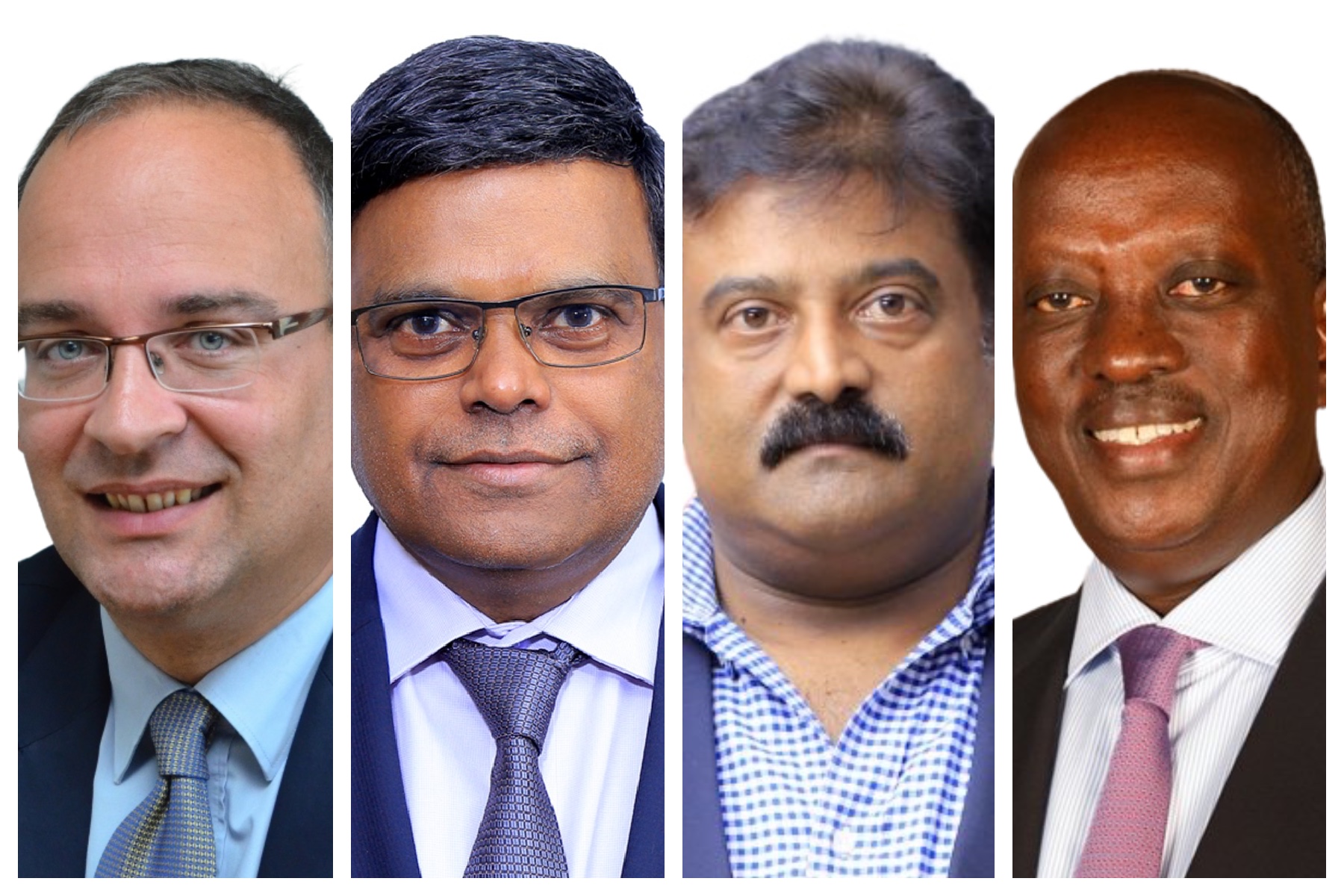The sale of Airtel Uganda’s 20% shares in what is now Uganda’s second-biggest initial Public Offering (IPO) closes this Friday, October 13th 2023. If you haven’t yet bought shares in…
How Airtel Uganda dialled the most remarkable comeback from a struggling pioneer telco to become the fastest-growing and most profitable telco


